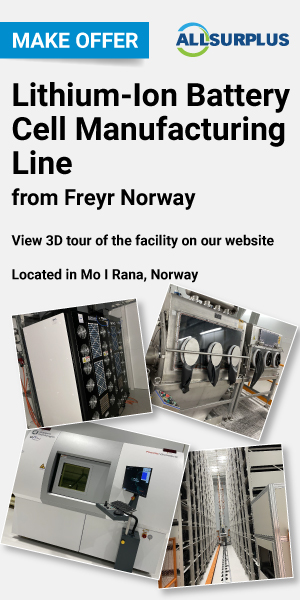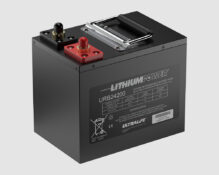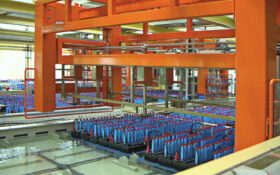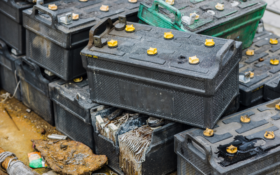As the Chinese Government cracks down on lead contamination, and California OSHA considers how low to set its new blood lead limit, consultant Dan Askin, of ESCA Tech reviews current practice on how to ensure employees' blood levels stay low.
In light of the current battery plant closings in China, and the anticipated revisions of the CalOSHA Lead Standard, the importance of industrial hygiene has become more apparent than ever. Throughout the world and domestically, I have witnessed factories spending hundreds of thousands of dollars on expensive air cleaning systems and water treatment equipment only to see . . .
to continue reading this article...
Sign up to any Premium subscription to continue reading
To read this article, and get access to all the Premium content on bestmag.co.uk, sign up for a Premium subscription.
view subscription optionsAlready Subscribed? Log In












